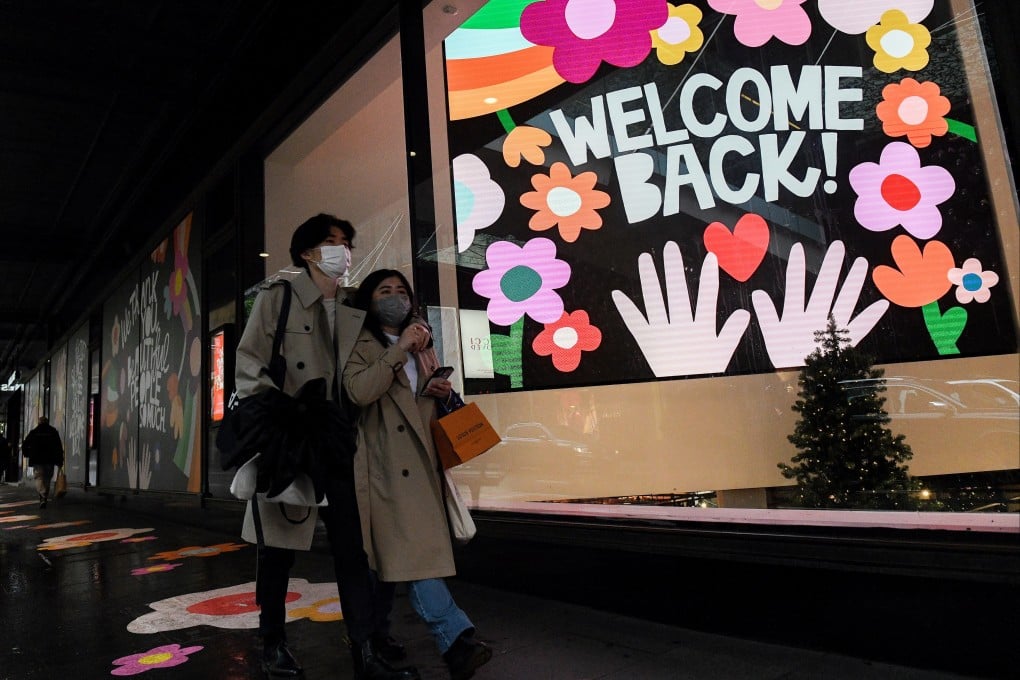In Australia’s New South Wales, a shift in messaging has lessons for Hong Kong and New Zealand in leaving ‘zero-Covid’ behind
- After 100 days of lockdown, the state’s opening up will give territories and countries across the Asia-Pacific an insight into how to learn to live with the virus
- Some of the battle lies in refocusing minds from case numbers to hospitalisations and in overcoming fear, experts say

When the premier of Australia’s New South Wales held a press conference to mark the end of more than 100 days of lockdown, he chose a pub as the venue and a roster of officials focused on the economy rather than public health.
“It’s not just a health crisis, it’s an economic crisis too,” said Premier Dominic Perrottet on Monday last week, flanked by his treasurer and the head of the state’s top business body. “New South Wales is leading the nation out of this pandemic.”
In a surprise announcement on Friday, Perrottet said the state would scrap quarantine – including home quarantine – for all fully-vaccinated international arrivals from November 1, making it the first Australian jurisdiction to flag the return of quarantine-free travel.
“For double vaccinated people around the world, Sydney, NSW is open for business,” he said.
Prime Minister Scott Morrison later said this would apply initially to citizens and permanent residents only, not tourists or temporary visa holders.
The moves illustrate a messaging shift that has taken place since Australia’s most populous state hit a target of vaccinating 70 per cent of the population aged 16 and older, including redirecting focus away from daily cases of Covid-19 towards hospitalisations and deaths. The state’s vaccine rollout has been the fastest among Australia’s eight states and territories, with more than 80 per cent of residents fully jabbed as of Saturday, compared to about 55 per cent in least-vaccinated Queensland and Western Australia.
New South Wales’ experience promises to be a test of how to prepare a population for living with the virus, offering lessons for other Australian states and countries and territories in the Asia-Pacific that adopted “zero-Covid” strategies throughout the pandemic.
